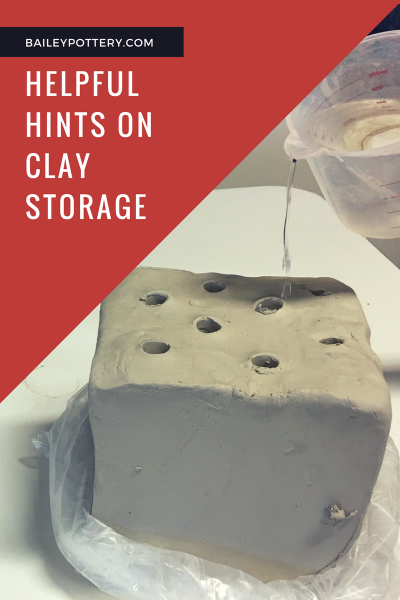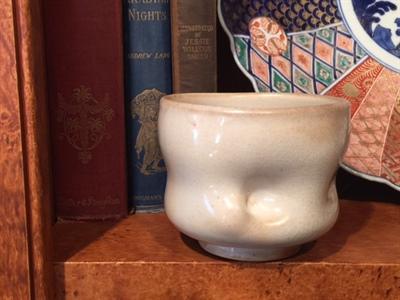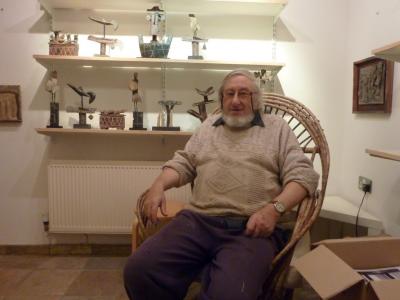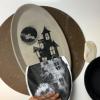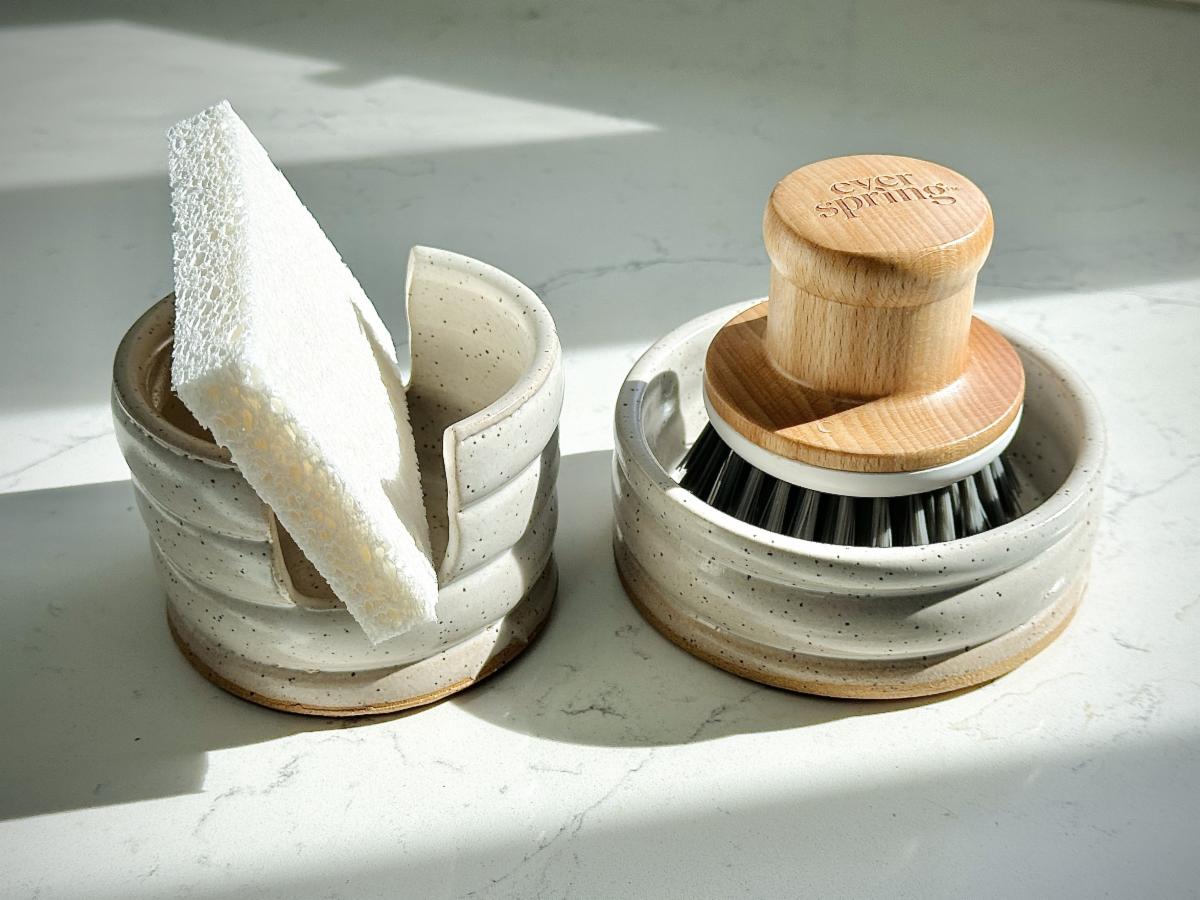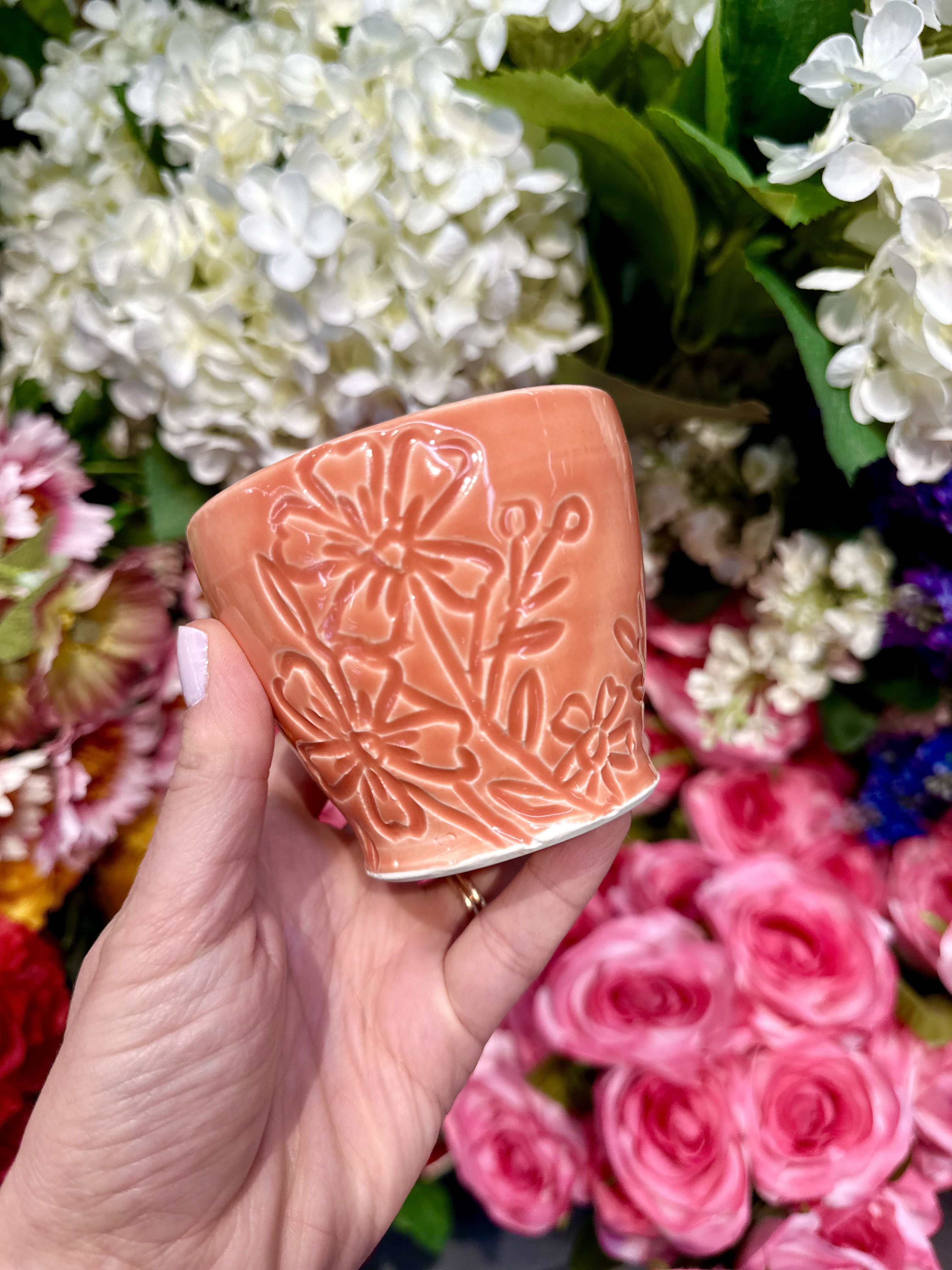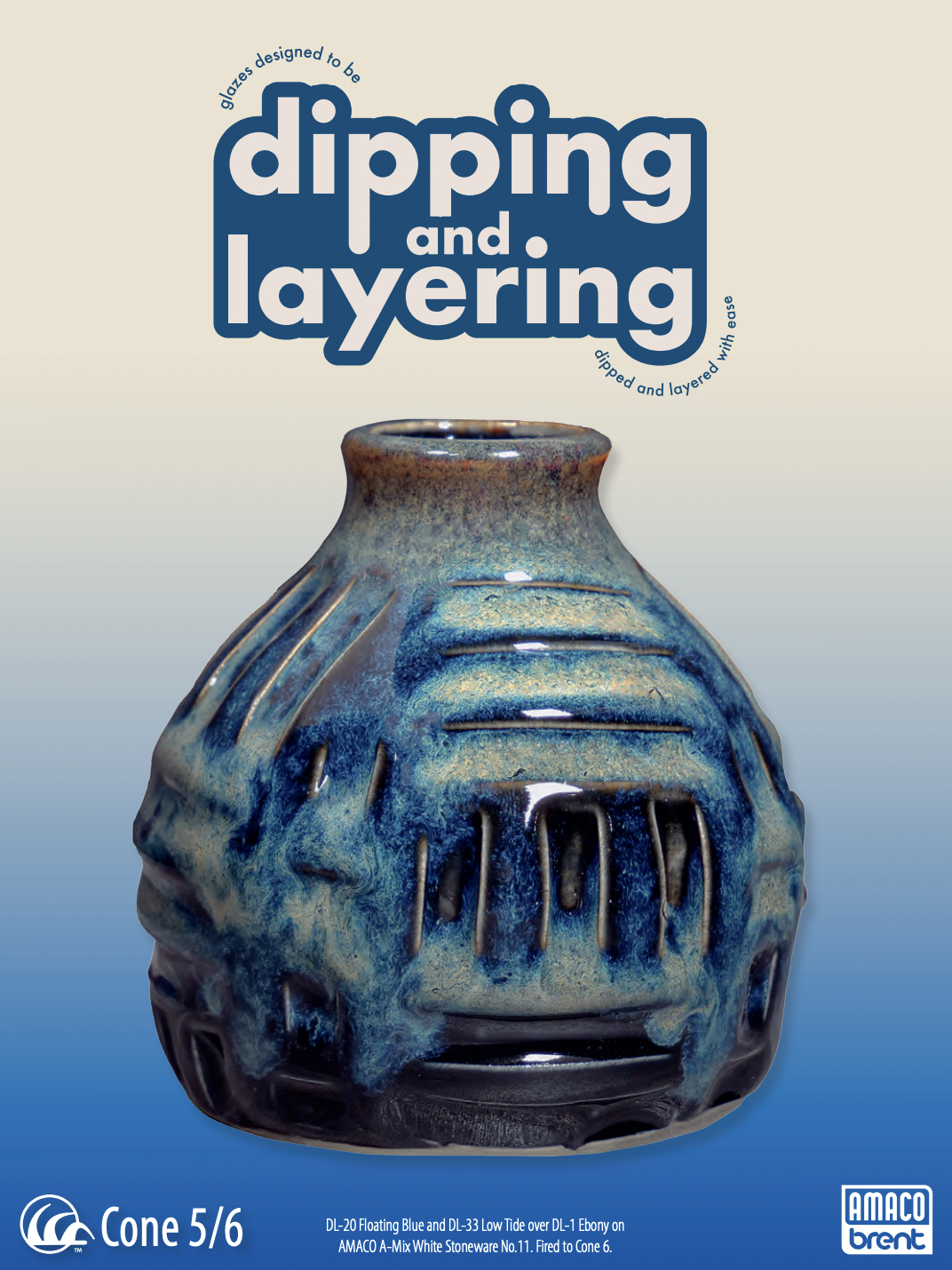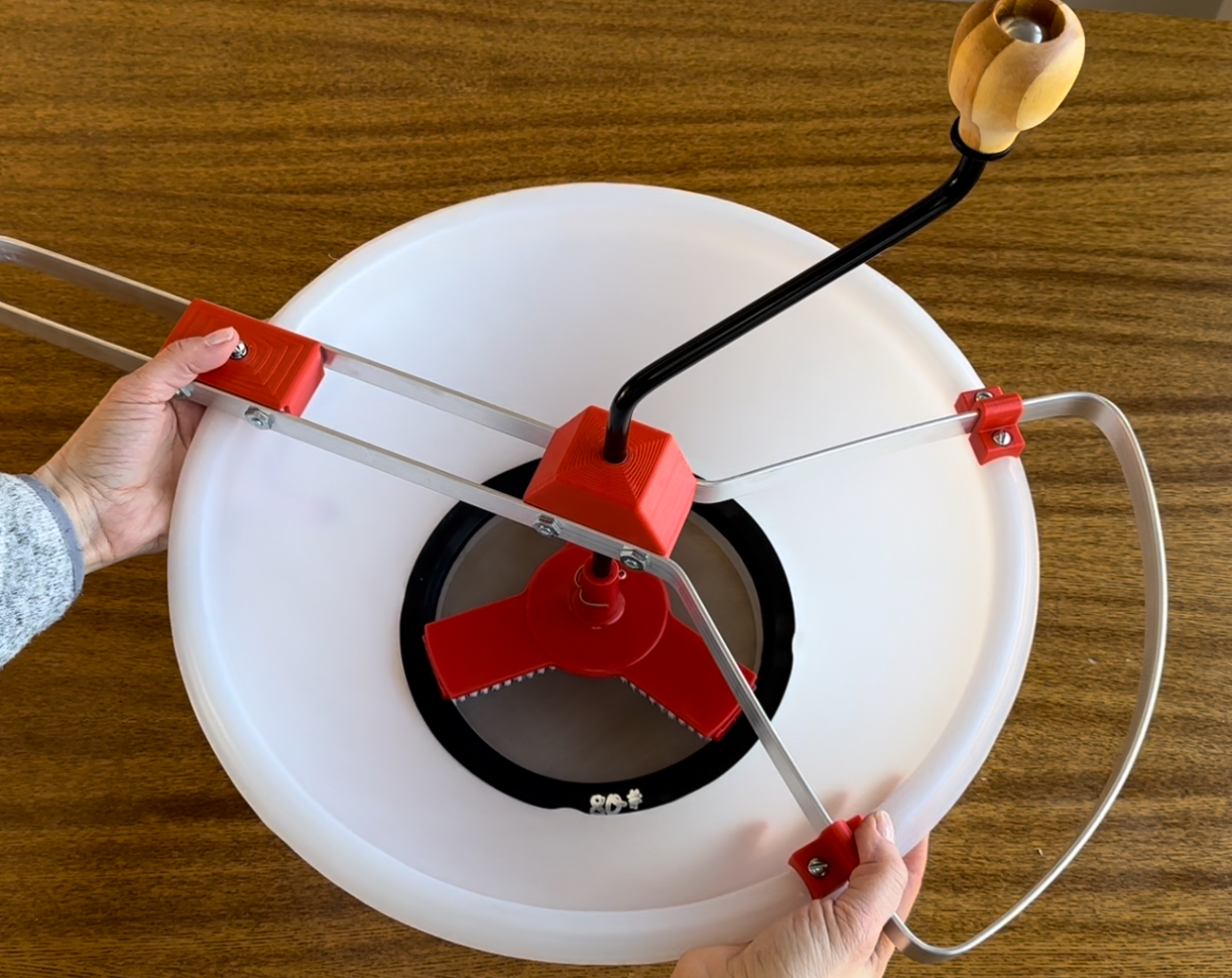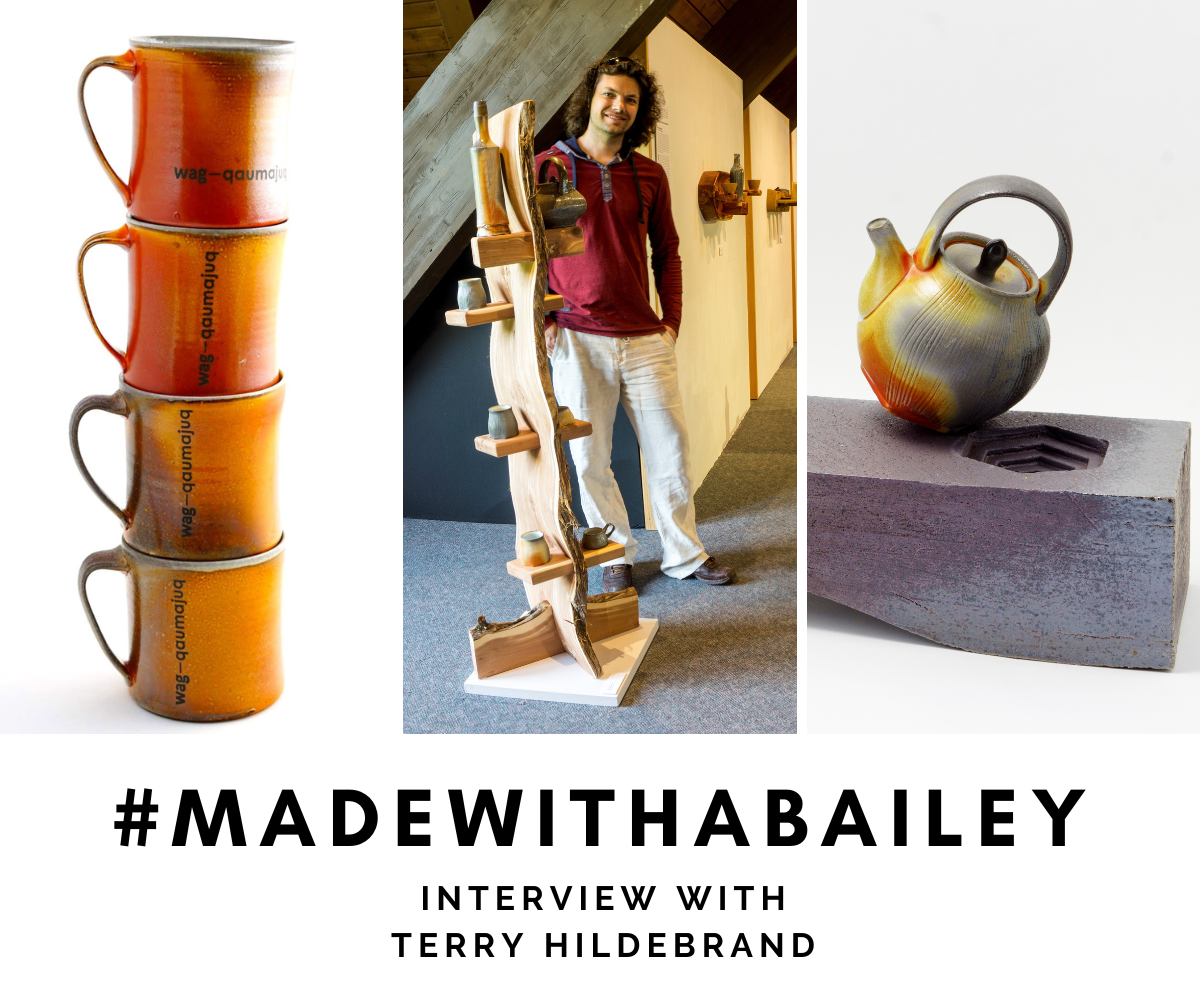Andrea Gill, Maker of Mystery Pot 47!
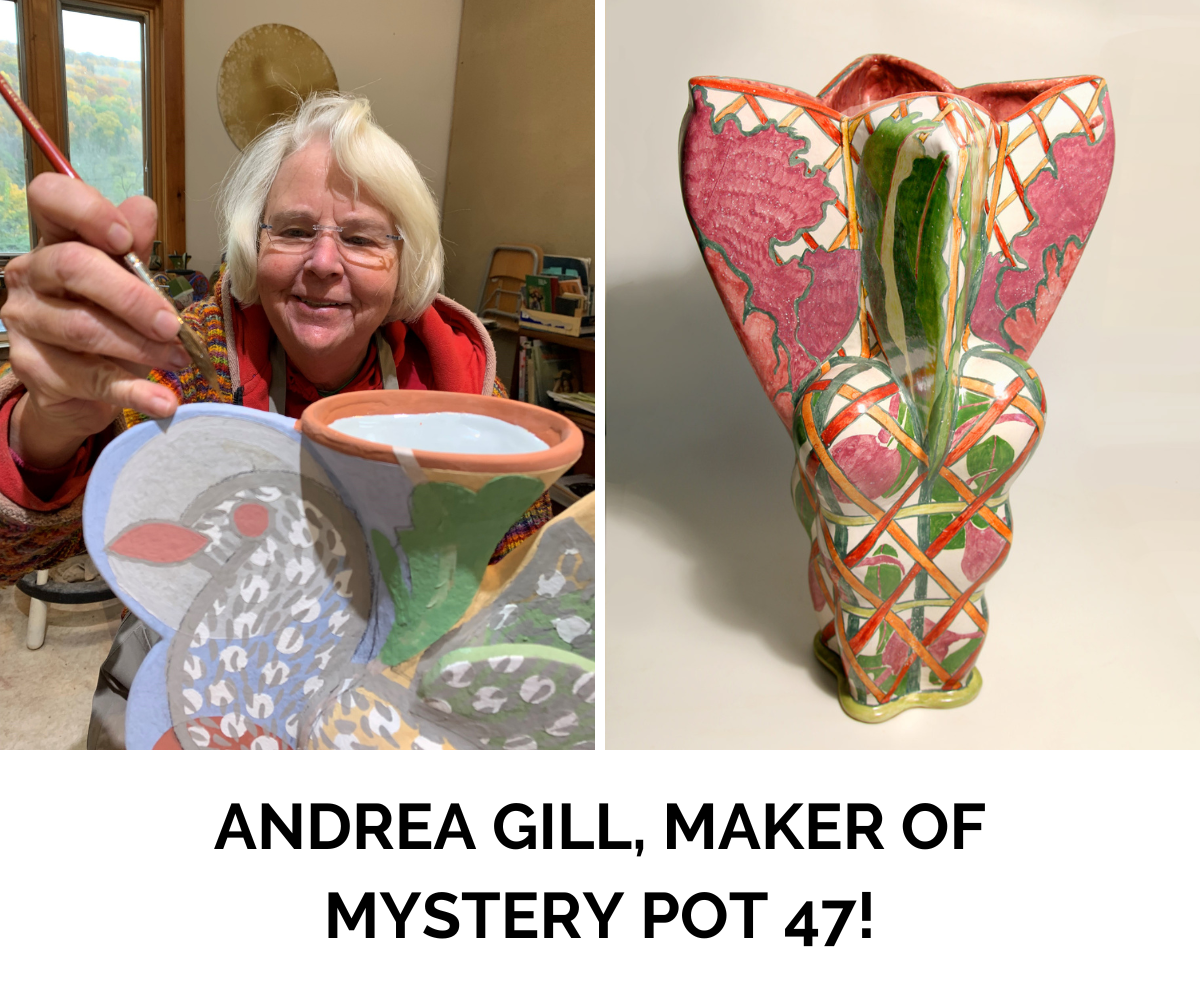
Andrea Gill has been making dynamic work for over 40 years and teaching college students for nearly as many. Gill is a former professor of Alfred University and is one of the artists responsible for the reemergence of decorative earthenware and maiolica glaze techniques. Gill creates functional vases with sculptural forms and bold surfaces like the one you see on our Mystery Pot. She was kind enough to grant the below interview and share her inspiration and wisdom with us!
How has your career developed and evolved?
My “career”—that is, actually selling work—began in 1980 with a solo exhibit at The Elements Gallery on Madison Avenue in New York City. I arrived at the gallery with a four-month-old baby, a helper, and a pick-up truck full of work. Everything sold. From that time to very recently, I have shown my work in galleries, art fairs and museum exhibitions. In 1984, I began teaching at NYCC at Alfred University. For the first fifteen years, I taught only the fall semester, sharing a tenured position with John, my husband. I moved to a full -time position for the rest of my teaching career, retiring in 2017.
How is your personality reflected in your work?
Thinking about this today, I am wondering about what “personality” means. I am curious how my gender, race and ethnicity are reflected in my work, in addition to my emotions and personal narrative. None of these topics were important when I began my career. My “sources” were important: Italian Majolica, European decorative arts, and Owen Jones “Grammar of Ornament.” I was rebelling against the Japanese influence in contemporary pottery: could functional pottery have a different “look?” Considering how my personality is reflected, I would say I am attracted to work that is connected to my ethnicity: decorated objects that relate to ”women’s crafts” like stencil painting on velvet, embroidery, knitting, and painting flowers. My goal is to create an intimate moment of joy and meditation, whether it be with a cup or a large vessel. I do not use trauma, politics, or a personal narrative consciously, but I believe the work reveals more about myself than I am aware of.
How have you stayed motivated and productive in your art practice?
I think liking to make things is what keeps me motivated. I have always had a “deadline” for the work. An exhibit, a sale, a donation: without an external pressure I have trouble getting started. I have so many other things to do! And I never get started soon enough. When I begin a series, I follow a strict methodology: a few notes, quick sketches, and images appropriated from somewhere that inspire me. This is an intuitive process that often starts by fixing a problem I encountered with the previous series. New shapes are developed, then cast into large, simple plaster molds. From these, I begin putting shapes together with leather hard flat slabs. Once I start, I have a hard time thinking about anything else. The surfaces are invented after bisquing, and sometimes a bit of time (like 2 years sitting on the shelf.) Luckily, I have an amazing studio where almost anything is possible and a fellow artist as a husband who takes care of me.
What are you working on at the moment?
Recently, I have been obsessed with slip casting terra cotta functional ware. This is a nightmare and is bad for my “career.” The series started with my daughter’s wedding. I made centerpieces of ten functional objects for each table for guests to take home. I continued this practice, encountering technical problems and questions about time/value. I spent a week designing a single surface painting for a vase: not financially viable for an object that might sell for less than $200. I spent another week fixing the slip. I have opened kilns where every pot is cracked due to dunting—weeks of work ruined due by some technical problem with the slip and/or glaze. I think I am addicted to these problems. I currently have about 20 gallons of slip that may or may not work, and molds that may or may not work. I have been told to make larger vessels, and my studio is now ready to start that process again. Who knows what will happen?
Is there anything you’d like to share about this Mystery Pot piece?
It is so good to see an image of work I have forgotten about! It was probably made in Kent. Ohio, about 1982—84. It may have been in an exhibition at the Elements Gallery after they moved to Tribeca. This piece was from a series of Majolica-glazed works that were about 24” to 30” high. The complicated form was a challenge, and the idea of enclosing the bottom in a basket design was something I had been experimenting with for a while. The weird thing was I painted beets with their leaves as the “floral element” of the surface. I have no idea why except we eat a lot of beets. The majolica glaze was temperamental and didn’t allow for re-painting; the other work I made concurrently with this was painted with an engobe that was fairly dense at cone 04. It was much easier to do, and it allowed me to re-invent the surface with additional firings.
What brought you specifically to clay as a choice of material to work with?
- I touched real clay in a metal garbage can at nursery school at age 4.
- I saw a Picasso exhibit of ceramics in Barcelona in 1970 and decided to dedicate myself to clay.
- I was lucky to be taken in by a potter on Cape Cod, who convinced me it was possible in the real world.
What were your influences and who were your mentors in the early years of your career?
I have a BFA in painting from the Rhode Island School of Design. This gave me a general education in art-making, but I had already taken ceramics classes in high school with a scholarship for a summer at the Corcoran School of Art. My high school art teacher was my first mentor and made sure I went to art school for college. My year in Italy and seeing majolica ware gave me some ideas, but I didn’t start using the technique until my second year of graduate school. But the most important mentor has always been my husband John, who has always been passionately interested in what I make. The names of my real ceramic teachers should be mentioned: Ken Ferguson, Victor Babu and Jacquie Rice at KCAI (special student); Betty Woodman and Wayne Higby at Alfred (MFA 1976); and Roger Harvey on Cape Cod. And every student I have had the honor of teaching.
What has it been like juggling your many responsibilities (teaching, motherhood, marriage) with a career in clay?
I always pretended I had a job at Walmart: I just had to get to work every day. Those people had to clock in, so did I. Only I could go to my studio or a classroom with cool people and work with amazing other artists. Daycare, parents, public school, and many wonderful student babysitters, a wonderful community that made real life easy: I am not sure how I did it, but no one asks people at Walmart those questions. What an incredible life I have had.
What has it been like teaching so many students who have gone on to have success in their own careers?
I have imposter’s syndrome when it comes to teaching. I am not sure I had anything to do with anyone’s success. There were always smarter teachers than me at Alfred. But the students were the best. I enjoyed working with all of them, from those who barely showed up to the studio rats who never left the building except to eat and sleep.
What is your advice to others who are just starting out?
I never had a “5-year plan.” I suggest people learn as much as possible about what they want to make, and make a lot of work. Listen to everyone’s comments with as little emotional response as possible: it is all just information to use.
Apply for everything, reach out to everyone, tell them what you want to do. Jump at every opportunity, even if it seems difficult.
Believe in yourself, even when you are depressed, have been rejected from everything, and are living in your parent’s basement.
Find a way to do what you are passionate about. It may not be what you thought you wanted, but try it.
Find a couple of other studio rats you like and trade all your ideas and set up a good space to work. That is how a lot of the residencies started—a few ceramic artists got together and bought a wheel, kiln and a table and rented a space with a plug for the kiln. Get your non-art friends to help and you will have a Clay Studio in PA, Watershed in ME, Archie Bray in MT…the list is long. But don’t do this unless it is what YOU want, not just what your friends and teachers want for you.
It is OK to make a family, get a real job, make stuff for fun, and buy other artist’s work. It is OK to become a nurse, doctor, accountant, entrepreneur on EBay, high school teacher, service worker of any type, or anything else that comes your way and brings some relief from everything that scares you. We need everyone’s help to make the future of creative living possible.



